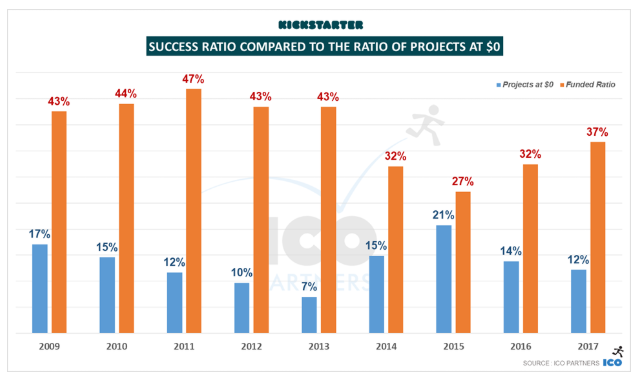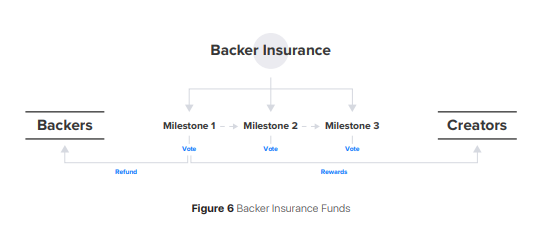
Picture this for a second. A small device that would magically allow you to breathe underwater. Does it sound too good to be true? Probably, but that was precisely what a company called Triton was selling on Indiegogo back in 2016.
What the company claimed was that this device could filter oxygen out of seawater, allowing divers to develop "artificial gills," which can give them 45 minutes of shallow shipwreck exploration. So, instead of carrying a bulky oxygen cylinder, you can use this portable device to explore the depths of the ocean freely. Sounds pretty amazing, right?
However, as many marine biologists pointed out, it simply makes no sense. Oxygen makes up less than 1% of ocean water and a human lung requires about half a liter of air per breath. For the device to work, as per marine biologist Alistair Dove’s calculations, the Triton will need to filter 90 liters of water per minute. This can only happen if it used a battery more efficient than anything else that currently exists. This along with the fact that it looks like the thing that the Jedi Knights used to swim to Gungan City in “The Phantom Menace” should have raised several red flags. This didn’t stop Triton from raising $850,000 in just two days.
As expected, this turned out to be a massive scam, and the company came under heavy criticism. Eventually, they were forced to refund all their pledges.
The problems with current crowdfunding platforms
Triton exemplifies the problem with current crowdfunding platforms. There is a severe lack of transparency and accountability, which can enable scammers to take advantage of naive backers. Such repeated actions have led to a severe lack of trust between backers and creators. The backers don't know whether the creator is going to:
- Complete the project and not run off with the funds.
- Deliver a product which is of the same quality.
Because of this, most backers don’t even bother funding most of the projects on these platforms. Out of 142,301 projects that have ended up on Indiegogo, only 9.3% raised 100% of their goals or higher. The figure is much better on Kickstarter where 44% of the projects meet their funding goals. However, on the flip side, it shows that more than 50% of the projects on Kickstarter don’t even meet their funding goals.
The numbers get even more disturbing when we take a deeper look.
- 80% of Indiegogo projects fail to raise more than just a quarter of their goal.
- 46% of Kickstarter campaigns fail to raise more than a fifth of their goal.
- In the technology category, about 3.6% of Indiegogo projects meet their goals. On Kickstarter its about 34%.
PledgeCamp: Crowdfunding + Blockchain
All the problems surrounding the current crowdfunding platforms, such as lack of transparency and accountability often boils down to one thing - centralization. For crowdfunding to succeed in the long term, a decentralized approach is required, which promotes transparency and incentivizes its components to collaborate positively. PledgeCamp aims to leverage the blockchain technology to fix these issues in the space. Using the blockchain allows you to create smart contracts. Smart contracts are self-executing, automated agreements between two parties, which will enable them to:
- Directly connect without going through an intermediary.
- Allows for step-wise execution, meaning, each statement in a smart contract can only be executed, once the previous one has been executed to completion.
Smart contracts allow PledgeCamp to execute a game-changing innovation called “Backer Insurance.”
What is Backer Insurance?
PledgeCamp allows backers to enter into a smart contract with the creator. The backers will then contribute their funds, a percentage of which is held in escrow within the contract. These locked-up funds are called “Backer Insurance Funds.”
These funds will be released to the creator only when they meet certain pre-defined milestones.
Platform Security and getting the community involved
Along with Backer Insurance, PledgeCamp’s other big aim was to build an organic and cohesive community. Not only will the community be willing to share its knowledge, but they will also be incentivized to take care of the platform’s security and credibility. PledgeCamp calls their community a “smart crowd.” This is how they are planning to leverage and incentivize their smart crowd:
- Community members can stake the native PLG tokens within the ecosystem to become Moderators. These Moderators are in charge of keeping the platform spam-free and healthy. They will be rewarded in proportion to their stake for the services provided.
- PledgeCamp also encourages an internal gig economy, wherein the creators can hire members from the smart crowd to do various jobs for them. These jobs can range from basic social media promotion to translation services. All payment will be made via the PLG token.
Conclusion
Crowdfunding is a multibillion-dollar industry. According to startups.com, the projected total crowdfunding raised by 2025 is a staggering $300 billion. While these are some pretty impressive figures, the sad fact is that crowdfunding, as we know it today, is broken, and in desperate need for change. PledgeCamp has a promising concept, which leverages the blockchain technology and provides a very viable solution.


